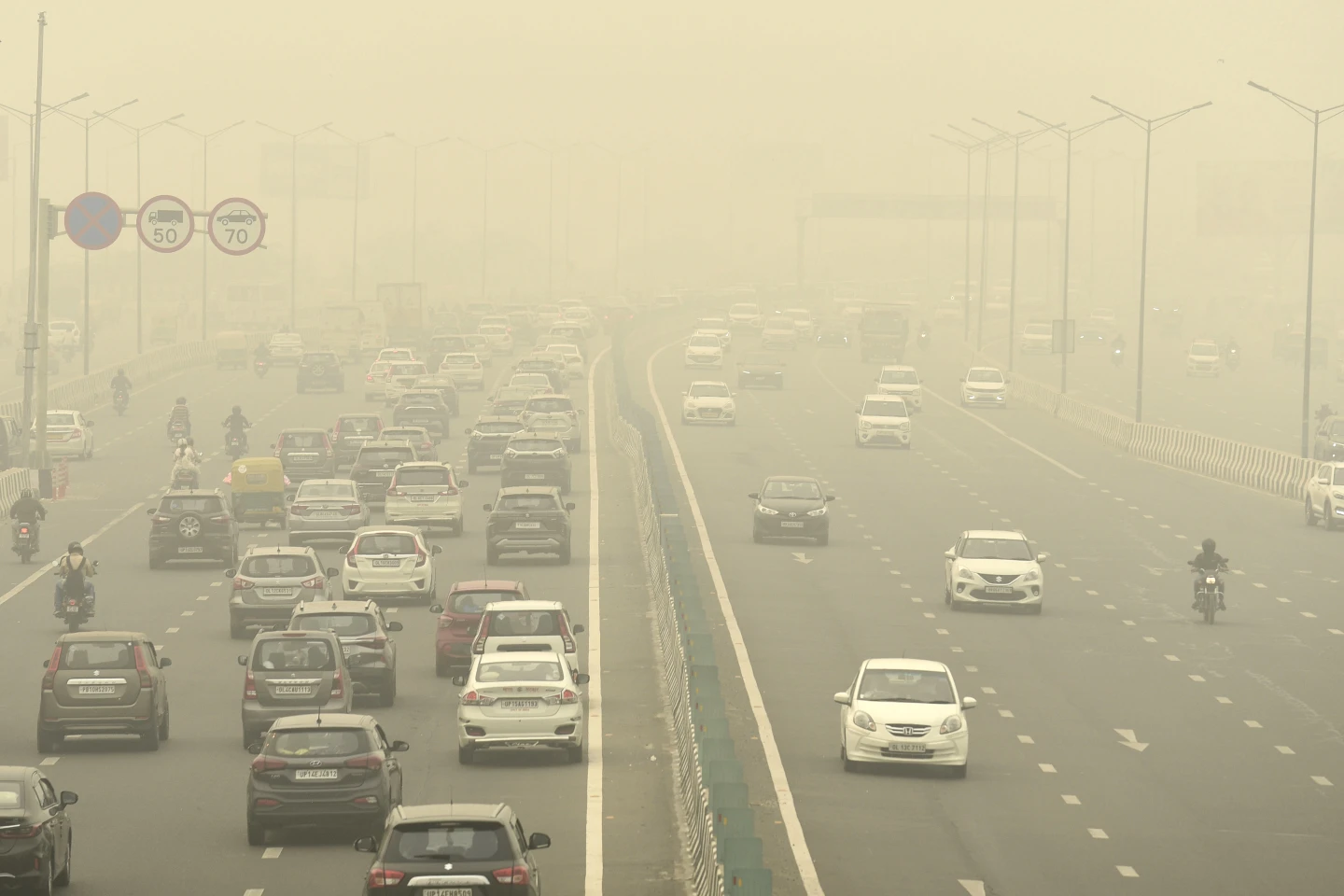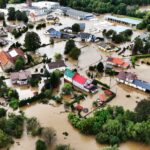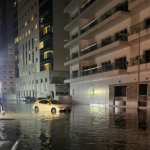India’s National Capital Territory of Delhi has been suffering from hazardous pollution levels for a straight fourth day on Friday (December 20). Officials said that the air quality plunged into the ‘severe-plus’ category.
The air quality index (AQI), which measures pollution levels, has risen sharply in recent months. After peaking in November, it dipped briefly but climbed back to around 478 on Thursday. This reading remains in the hazardous range according to India’s Central Pollution Control Board.
“The city remains under Stage-IV of the Graded Response Action Plan, leaving all residents troubled in one way or another. Neither Chief Minister Atishi nor Environment Minister Gopal Rai has addressed the gravity of the situation,” ruling Bharatiya Janata Party’s Delhi unit president Virendra Sachdeva told The Hindu.
Residents Suffer From Toxic Air
The government considers an AQI reading between 0 and 50 to be good. Readings between 200 and 400 are classified as “poor” or “very poor,” while anything above 500 is deemed “severe,” posing significant risks to individuals with pre-existing health conditions.
In response to the dangerously high AQI levels, the government has directed schools to switch to hybrid learning for certain grades and staggered the working hours for civil servants. It has also imposed vehicle usage restrictions in Delhi and surrounding areas to reduce emissions.
However, the prolonged poor air quality has already taken a toll on many residents. Delhi resident Sheetal Sharma told CNBC’s Inside India that despite multiple courses of medication and treatment for clearing her nasal passages, she has found “no respite” from the effects of the toxic air.
Reason For Delhi’s Rising Pollution
As Delhi’s smog problem dominates each winter, it is commonly assumed that lower temperatures and activities like agricultural stubble burning, which occur during this season, significantly contribute to the rise in pollution levels.
Meanwhile, Anumita Roychowdhury executive director of research and advocacy at the Centre for Science and Environment linked the worsening air quality to unfavorable meteorological conditions in the Indo-Gangetic plains, where pollution from various sources gets trapped in the air with little wind to disperse it.
Government Measures
The Delhi government has implemented several measures to reduce pollution, including experimenting with restrictions on the number of vehicles on the road based on license plate numbers. The government also said on Thursday (December 19) that it has decided to impose a round-the-year ban on firecrackers in the region.
Although the seasonal smog is expected to subside by the end of winter in January, it is crucial for Delhi and the wider northern India region to develop long-term strategies to reduce its annual recurrence.






